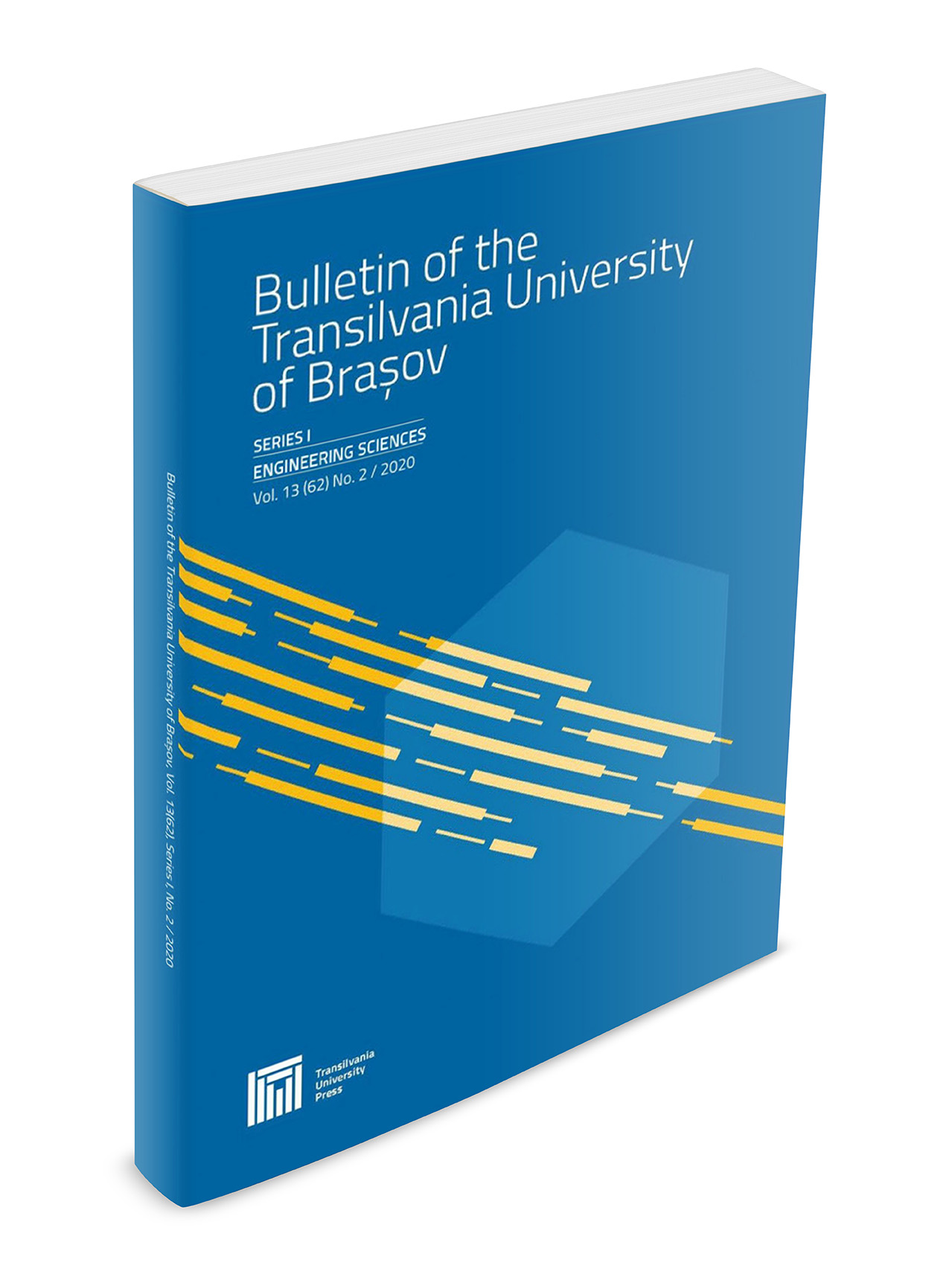Journal information
 |
Title: Bulletin of the Transilvania University of Brasov. Series I: Engineering Sciences Publishing House: Transilvania University Press 1 (up to the year 2010 inclusively) ISSN (Print): 2065-2119 ISSN (Online): 2971-9364 ISSN-L: 2065-2119 CNCSIS code: 491 |



